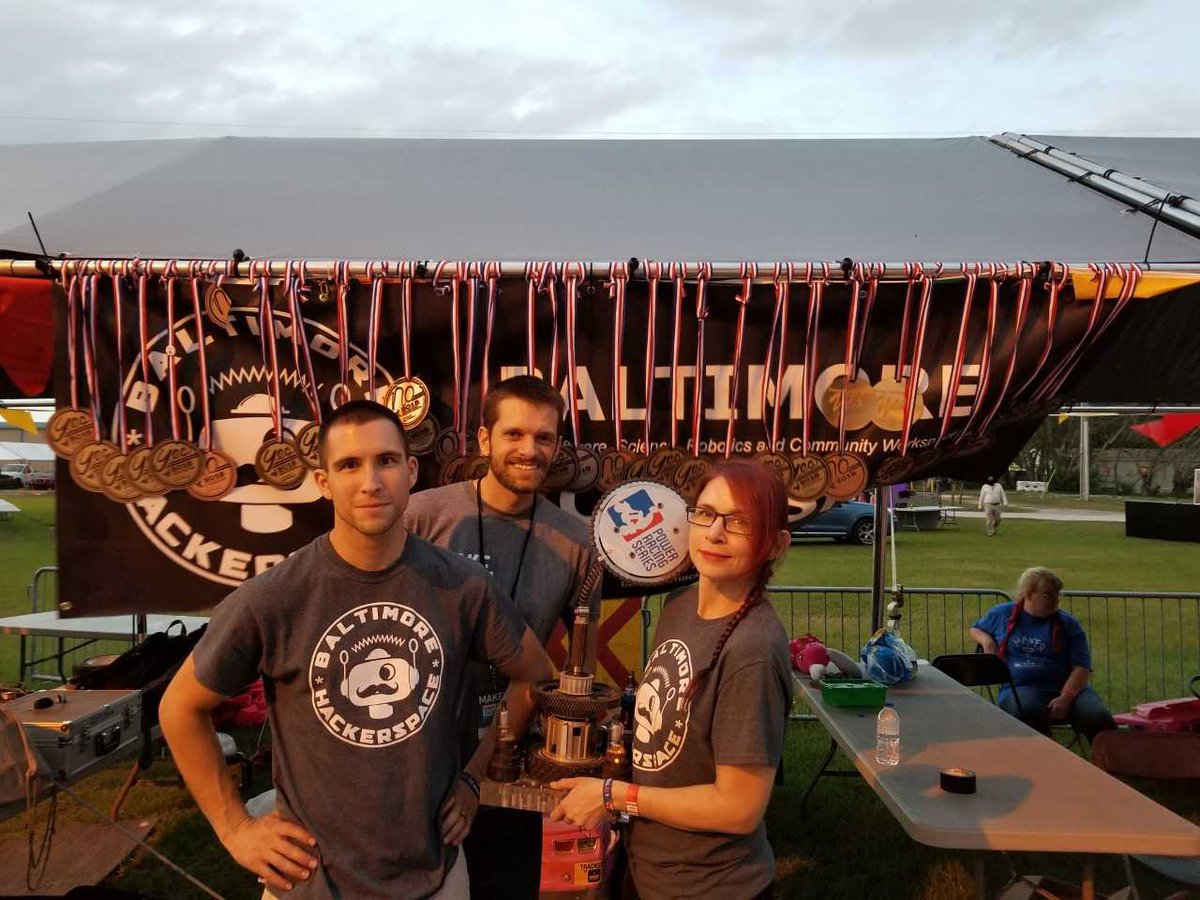Congratulations to the Baltimore Burners!
For bringing home the 2018 Power Racing Series Championship!

We are now a Safer-Space!
We at Baltimore Hackerspace are excited to announce that we have signed the Hollaback! Baltimore Safer Space Pledge. We share their vision: a world where harassment is not tolerated and where we all enjoy equal access to public spaces. If you’re harassed in our space you can feel confident that any staff member will handle your complaint appropriately. To learn more about the campaign, check out the Safer Spaces campaign.
More rechargable battery storage : 14500
Member Project: Lasercut Battery holder for 14500′s. What’s a 14500? They’re like AAs, only lithium.



